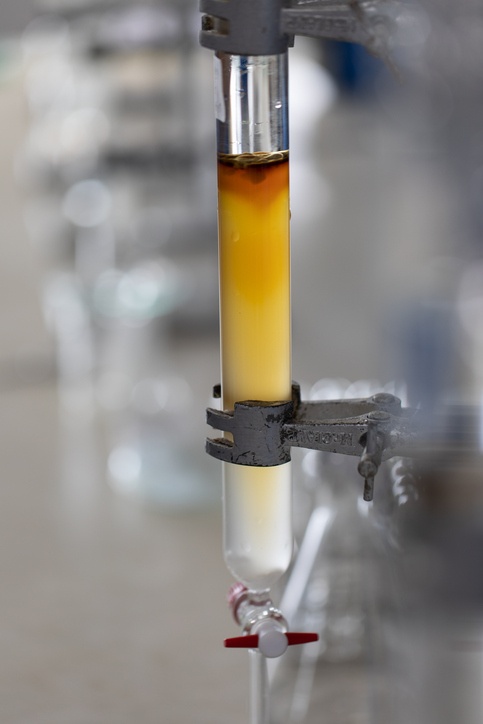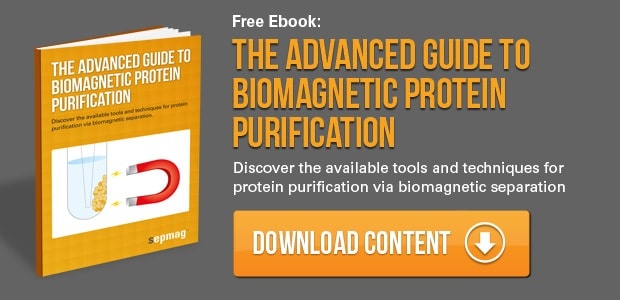If you look closely at the product information for many commercial antibodies, you will see that they are protein A purified. Protein A is a surface protein that was originally found in the cell wall of staphyloccoccus aureus bacteria. On the surface of bacteria it serves as a defense against the host immune system and allows the bacteria to survive longer and be more virulent. Protein A binds the Fc portion of IgG antibodies.
The Fc portion is composed of two heavy chains and is base of the “Y” structure of the antibody. By binding the IgG antibody in this way the bacteria effectively disables those antibodies from recognizing it, and also creates a nice camouflage for itself. Interestingly, protein A has also been shown to promote the formation of biofilm, which protects and helps improve the chance of survival for a colony of bacteria. The most useful characteristic of protein A for humans is its affinity for the Fc portion of IgG antibodies. We can immobilize the protein A onto resin columns or onto magnetic beads and use them to capture IgG’s from cell lysate. In the case of a protein A column, the resin can be washed to remove all unwanted protein or other material, and the IgG of interest can be eluted as a purified sample. Protein A beads can be washed and collected by centrifuge. If the beads are magnetic then a centrifuge is not needed and the beads can be retrieved and washed via a biomagnetic separation process.
Protein A columns
Protein A columns are available for use in the laboratory to aid in any research and development that requires purification of IgG from complex media. The protein A columns are typically made of agarose packed into spin columns. The spin columns are made to hold different volumes in order to accommodate a wide variety of sample sizes. The protein A is covalently attached to the agarose via amine-reactive chemistry and is very stable. Some columns are made of sepharose, which is a trade name material that defines both the resin and the protein A coupling chemistry. Either way, the columns are simple to use and instructions are included. Sometimes the kits will include washing buffer and elution buffer in order to simplify and streamline the process.
Protein A magnetic beads
The most common method of attaching protein to the surface of superparamagnetic nanoparticles is to coat the surface of the bead with a polymer that allows further conjugation of protein to the surface of the bead, or to embed the beads into a polymer structure. One drawback of this method is that the polymer is susceptible to contamination via non-specific protein interactions. A new approach, recently published in the journal Analytical Biochemistry, involved embedding the magnetic beads into a matrix of crosslinked protein. In this case the researchers crosslinked protein A together around magnetic beads to create a magnetic protein matrix devoid of any added polymer. The team demonstrated that the complex was able to capture and purify IgG antibodies from human blood plasma.
It is human ingenuity that took the protein A from the surface of bacteria and turned it into an essential part of the biotechnological toolkit, and it will be human ingenuity that will continue to expand our idea of what those tools can be and do.
Related news





